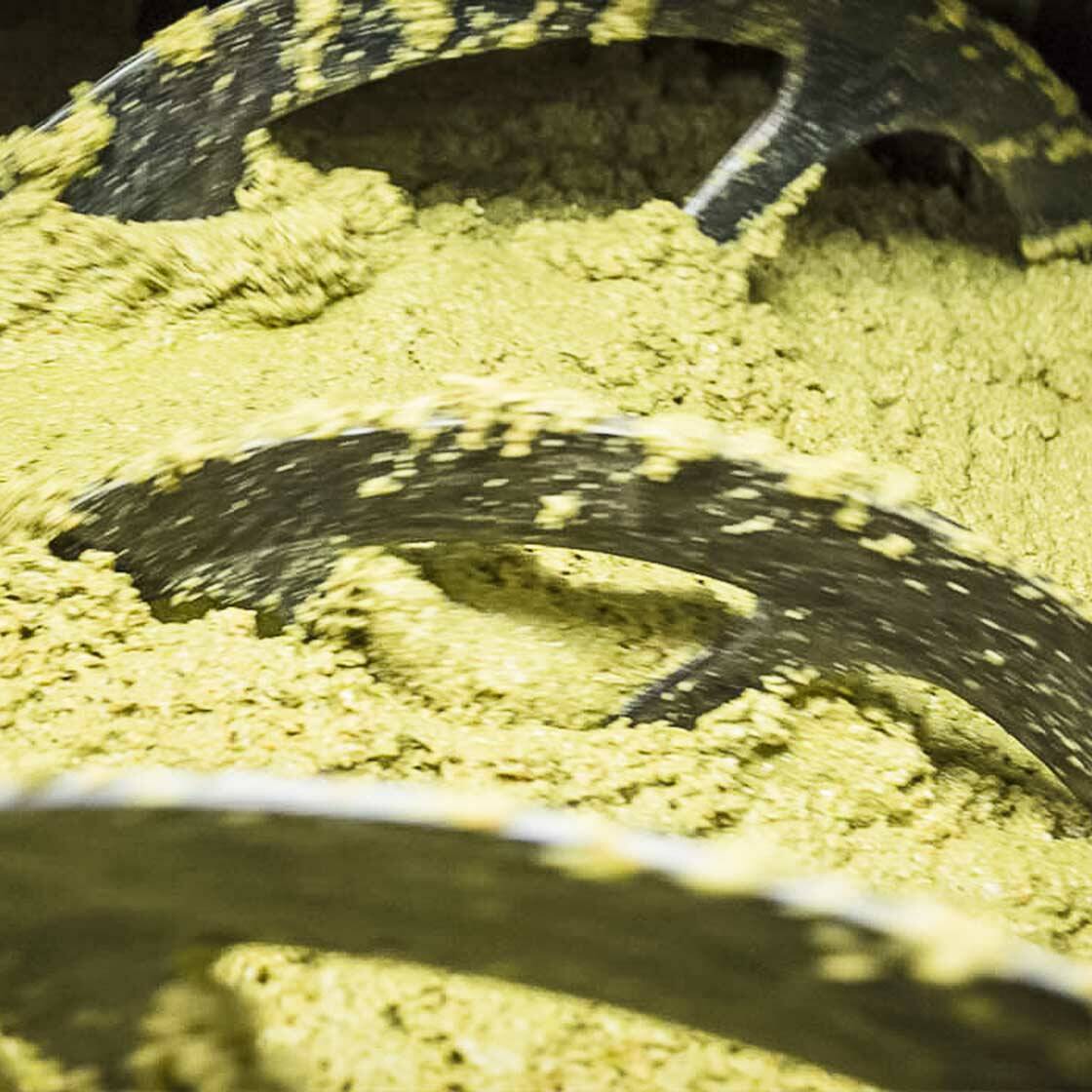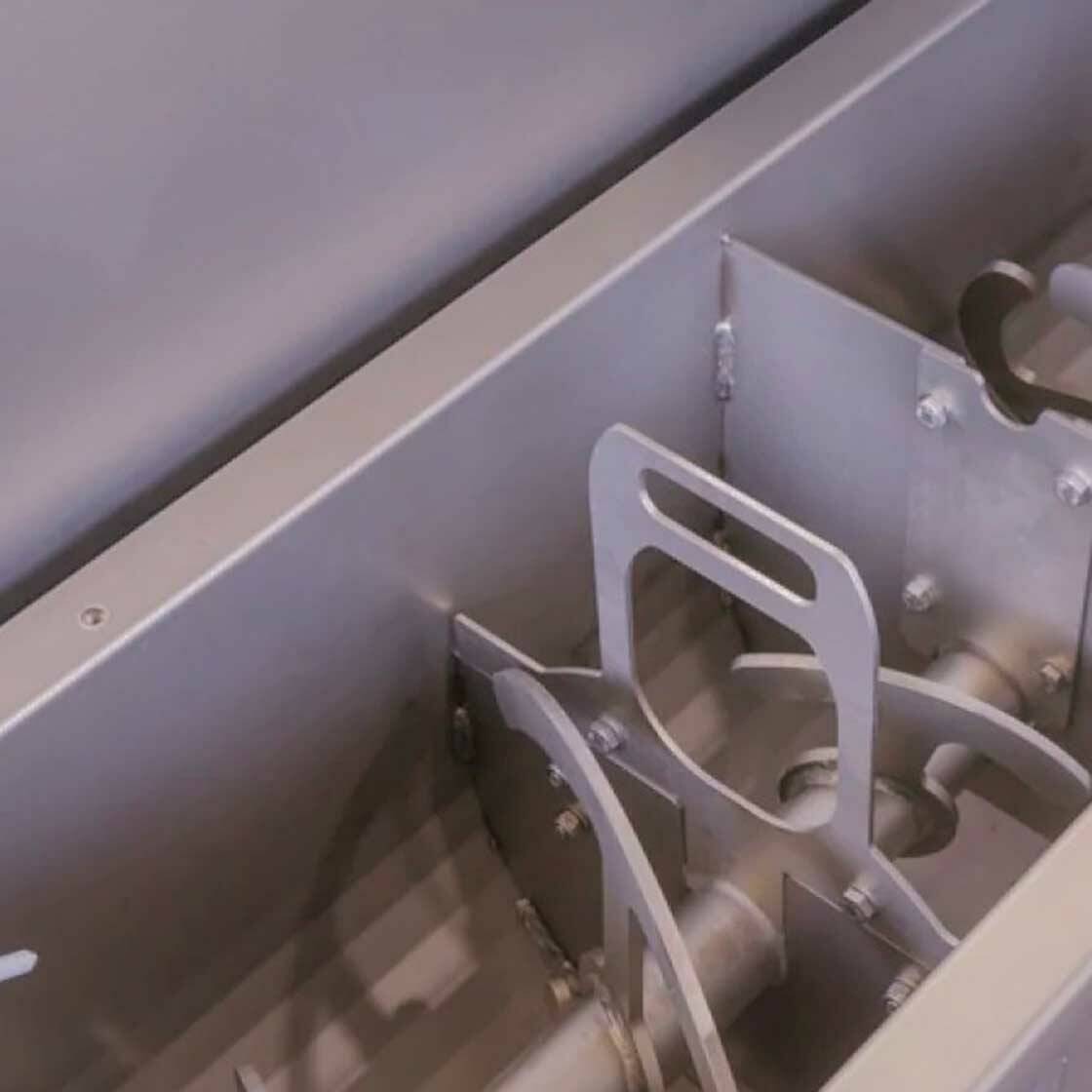From Field to Mill...
For more than 30 years, by tradition around November 4, on St. Bartholomew’s Day, we have been harvesting olives and taking them to our own olive mill for pressing.
Looking at my age of registry today, I can say that I was also young. Fifty years ago, in fact, when my husband Vincenzo wanted to move to the country to closely follow the olive groves he owned, I was still 30 years old.
From that season of my life, I remember with nostalgia, the wooden ladders resting on the plants, the hubbub and folk songs sung by the women. I think back to the tolling of the bells, which rang at noon, the break for lunch. Then we would all stop in unison to have a bite to eat, not before reciting the customary prayer of thanksgiving for a successful harvest.
And finally, it still goes back to my nostrils, the good smell of the olive paste that at the end of the day, was turned into oil inside the mill that among others processed our fruits.

Mining technique
Controlling the entire supply chain: our mining technique
Everything in between, from harvesting to pressing, consists of hard work that must be put in if you want to produce a quality extra virgin oil.
Thirty years ago, as a completion of the efforts and passion employed to improve the harvesting stage of our olives, we realized that if we really wanted to control the quality of our extra virgin olive oil, we also had to “master” the oil extraction technique.
It was not enough, in fact, that we concentrated only on picking only the olives attached to the branches; Woe to take one from the ground: “…the flavor of the oil would be affected…,” my Husband Vincenzo used to repeat to the workers, while maniacally overseeing all the operations, we also had to watch over the operations of pressing the olives.
In the middle of the olive grove
The production of our BIO extra virgin oil in the midst of the olive grove
And so it was that since the late 1990s, by degrees, we invested all our savings and renovated the Cottage, installed the photovoltaic system that still covers the entire needs of the production chain, and inaugurated our own and more modern oil mill.
The Oil Mill, made of wood and concrete, was designed to blend in with the surrounding landscape, and was built in the middle of our olive grove.
It houses state-of-the-art oil machinery to guarantee product quality and hygiene, as well as food safety.
Lower environmental impact and zero chemical residues
To ensure that our oil remains a “nutraceutical” food, that is, rich in beneficial elements for the human body, we extract it at low temperatures, slowly separating it from the pomace and vegetable water.
Strictly following the rules of food safety, in fact, we manage the six production stages: defoliation, washing, crushing, graming, “decanting” and separation, in an environmentally friendly and sustainable way.
Storage, filtration and packaging
Storage, filtration and packaging are very important steps to maintain the original chemical and organoleptic characteristics of olive oil. From the time the bulk oil is transported from our mill to the storage room, it is necessary to protect it from oxidation and other phenomena that may alter its quality. For this reason, only hygienically suitable and certified steel containers owned by us are used. The transfer is done under fully loaded conditions to avoid the risk of oxygenation of the product.
Storage
The oil obtained, is stored in stainless steel tanks and allowed to rest. To prevent the oil from spoiling, we keep the temperature of the room, between 14° and 16°. Finally, before sending it to the last stage of bottling, we practice, "filtration" activities so as to avoid the formation of natural residues of the oil (the sludge).
Bottling
Bottles and cans are filled, corked, labeled, numbered, encapsulated, and packaged carefully by hand.
We use cans as the primary casing so that we have a product with lower consumption of packaging materials and that is totally recyclable.







